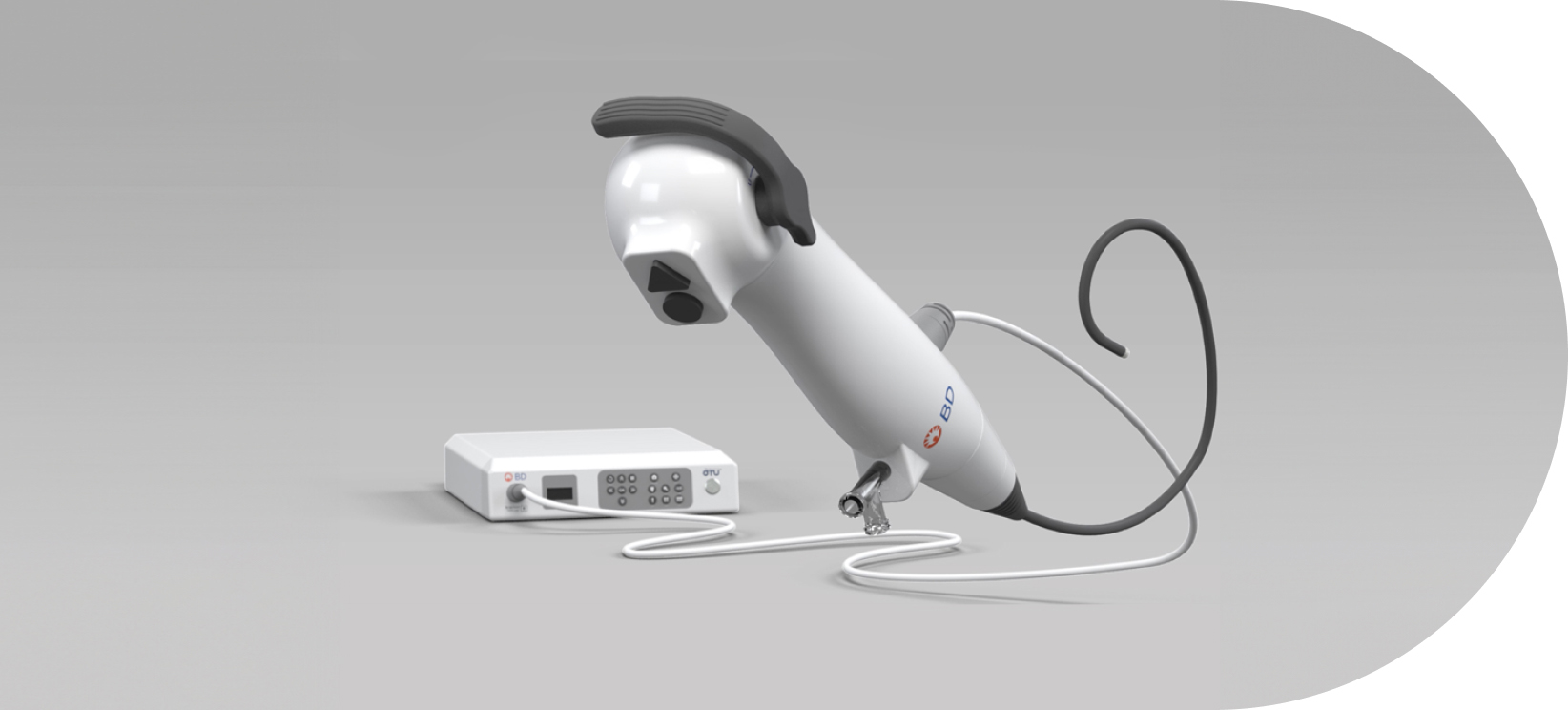For questions regarding reimbursement for the BD Aptra™ Single-Use Ureteroscope, please contact: [email protected].
The reimbursement information presented is for illustrative purposes only and does not constitute reimbursement or legal advice. The company does not guarantee that the use of any
of the codes noted will ensure coverage or payment at any particular level. It is the provider’s sole responsibility to determine medical necessity and to in turn identify which codes to
report and to submit accurate claims. Physicians and hospitals should confirm with a particular payer or coding authority, such as the American Medical Association or medical specialty
society, which codes or combinations of codes are appropriate for a particular procedure or combination of procedures. Reimbursement rules vary widely by insurer so the provider should understand and comply with any specific rules that may be set by a patient’s insurer, including the complex rules of Medicare and Medicaid. Under no circumstances will the company or its employees, consultants agents, or representatives be liable for costs, expenses, losses, claims, liabilities or other damages (whether direct, indirect, special, incidental, consequential or otherwise) that may arise from or be incurred in connection with this information or any use thereof. BD does not guarantee that the procedures described herein will be reimbursable in whole or in part, by any public or private payor, including Medicare. BD specifically excludes any representation or warranty relating to reimbursement. Please consult product labels and inserts for any indications, contraindications, hazards, warnings, precautions and instructions for use.
Intended use
BD Aptra™ Digital Endoscope System is intended to be used by physicians to access, visualize, and perform procedures in the urinary tract and the kidney. The instrument enables delivery and use of accessories such as biopsy forceps, laser fibers, graspers and retrieval baskets at a surgical site.
Contraindications
Diagnostic or therapeutic ureteroscopy is contraindicated in people with an untreated urinary tract infection. Other contraindications to therapeutic ureteroscopy (e.g. lithotripsy, endopyelotomy, tumor therapy) are more numerous and can mirror those associated with the corresponding open surgical interventions. Patients on anticoagulants or with coagulopathies should be managed appropriately.
Warnings
• Do not use electromedical energy sources in the presence of flammable detergents, anesthetics, nitrous oxide (N2O), or oxygen.
• Consult the user manuals of all electromedical energy sources used with endoscopic instruments for appropriate instruments, warnings and cautions prior to use. Such sources of energy include electrical, electrohydraulic, electrosurgical, heat hydraulic, laser, light, pressure, sound, ultrasound and vacuum.
• Do not insert or advance the ureteroscope unless there is a clear live endoscopic view of the lumen through which the scope is being advanced (or confirm with visualization by other imaging modalities).
• During the procedure, if the live endoscopic image is lost, do not advance or insert the ureteroscope and do not insert, advance or actuate accessories.
• Do not use excessive force while advancing or withdrawing the scope. If resistance is felt during advancement or withdrawal of the scope, investigate the source of resistance and/or take remedial action if necessary.
• Do not force the distal tip of the ureteroscope against the sidewall of the ureter or renal pelvis.
• Do not use excessive force when advancing or withdrawing an accessory within the ureteroscope.
• When inserting or using accessories, maintain continuous visualization of the distal tip. Ensure that the distance between the distal tip of the ureteroscope and the object in view is greater than the ureteroscope’s minimum visible distance. Failure to do so may result in the accessories causing patient injury.
• Do not withdraw a laser fiber back into the ureteroscope while the laser is firing. Doing so may cause patient injury and/or scope damage.
• Do not look directly into the light emitted from the ureteroscope.
• Verify ground isolation when setting up and using accessories from different manufacturers prior to procedure.
• Do not open the handle of the ureteroscope.
• The ureteroscope is a single-use device and there are no serviceable parts. Do not repair damaged or non-operating ureteroscopes. Do not use the ureteroscope if damage is discovered or suspected.
• Do not excessively bend the flexible shaft or the articulating section of the ureteroscope.
• If damage to the ureteroscope occurs or it stops functioning during a procedure, stop using the ureteroscope immediately. See troubleshooting section for more information. Continue the procedure with a new ureteroscope, as appropriate.
BD-105376


